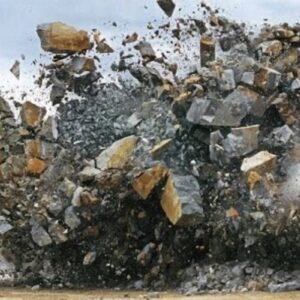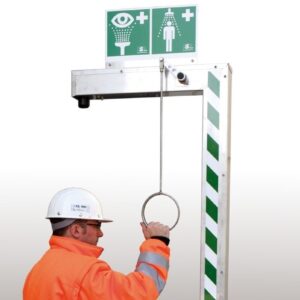Description
In order to monitor, survey or observe steep slopes and banks along highway rights of way, it is sometimes necessary for engineers to actually be on the slopes and banks. In order for personnel to be on many slopes and steep banks, it is necessary to train them as climbers. The purpose of this guide is to help the student understand what is involved in bank scaling operations, as well as the gear and equipment necessary to do the work. For the purposes of this guide a “climber” is any personnel assigned to perform rope work. Bank scalers, and lookouts, when required to work on rope, are climbers. Engineers, geologists and surveyors may find the need to become a “climber” or rely on them to monitor, maintain or survey steep slopes and banks. This guide was developed by CALTRANS to train climbers for CALTRANS projects.
Many agencies require that climbers have a minimum number of hours on rope, or years of experience, to work as bank scalers. Working on rope has its inherent dangers. It is important to always keep safety in mind as you work on rope. Safety starts with preparation. Just approaching a slope where there are unstable rocks means you have to be aware of your surroundings and the dangers they might pose. Also included in this manual is a Scaling Slope Assessment form. Each climber in a scaling operation needs to be familiar with the Assessment for the specific site they will be scaling. This will help to prepare you for your climb. Techniques and terminology in this guide have been adopted from accepted mountaineering practices and applied to common climbing and scaling situations for DOT workers and professionals.
WARNING – This course is for educational purposes. No study guide should be the sole source of preparation for any climb. Professionally training assistance should be obtained before making any sort of climb in which a rope is needed.
This course includes a multiple-choice quiz at the end and is intended to provide 7 hours of professional development.
LEARNING OBJECTIVES
At the conclusion of this course, the student will have learned or been exposed to the following topics:
- Scaling and Engineering
- Safety Procedures – Bank Scaling and Rock-Climbing Safety Procedures, Lookouts, Rope Work, Rockfall Protection Systems, Safety Meeting Report Form
- Site Evaluation – Preparation, Rope Contact Considerations, Assessment Form
- Scaling – Rock Classification, Guidelines for Developing a Scaling Checklist
- Equipment – PPE for Climbing, Climbing Equipment, Anchoring Equipment
- Ropes – Selection and Maintenance
- Knots and Hitches
- Anchor Systems
- Rope Work
- Haul Systems
- Aerial Rescue





